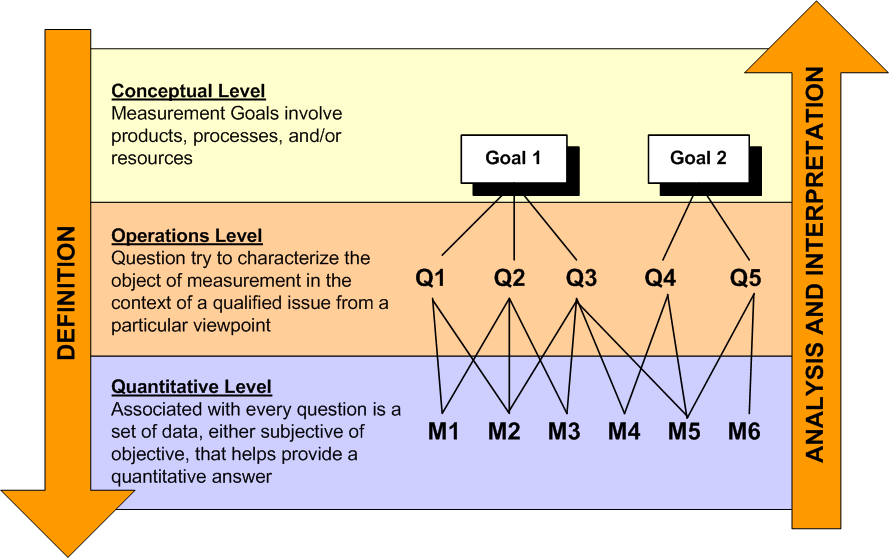I just reviewed an Integrated Master Schedule (IMS) comprised of almost 5000 lines. I didn't write the thing. I was just asked to review it. You might be saying to yourself that must be an absolutely awesome schedule, detailing every nuance of a project. Counter to that, you might be saying to yourself that is the most overdeveloped schedule ever creating, complicating the most trivial of work. In the business of project management or leadership, you should always be asking yourself, "does this make sense?" If it doesn't, you should be looking for the Goldilocks approach to documentation or process. Do something that is not too complicated or simple. Do something somewhere in the middle.
Don't make your schedule as complicated as a rube goldberg machine
As I read through the IMS, I started to think of a Rube Goldberg machine and the OK Go video titled This Too Shall Pass. Rather than reading a very straightforward schedule, identifying all of the deliverables and a decomposition ad nauseam, I saw a schedule that both inveigled and obfuscated. A Rube Goldberg machine is the perfect analogy for this schedule.
A Rube Goldberg machine is irreducibly complex. It is a single system which is composed of several interacting parts, and where the removal of any one of the parts causes the system to break down. If one component is missing, the machine doesn't work; the whole system is useless. This is NOT how an IMS should be written. I see a schedule as a tool of transparency. It is a way to communicate if a project is on time in a passive manner. A fully resource loaded (properly decomposed) schedule can help you do a lot of other things. But 5000 lines? I don't think so, not in this case.





